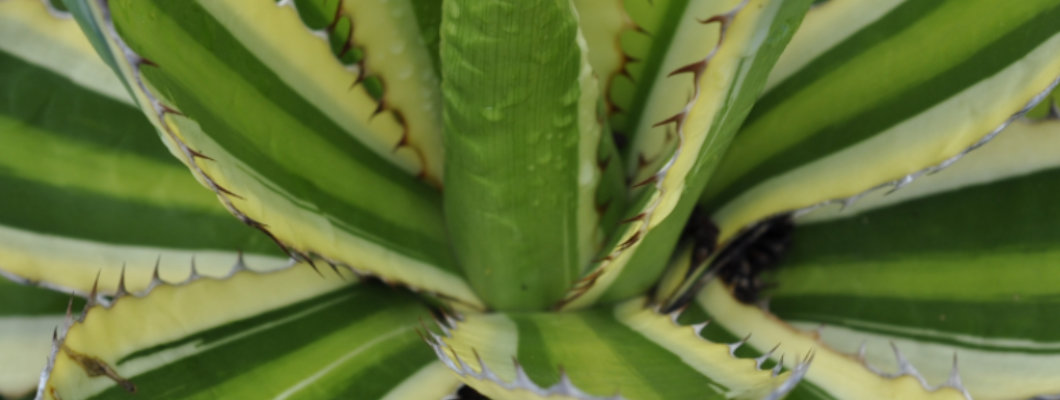
Title image above is copyright © Kristi Ellinopoullos
First published 2nd February 2025
Just as I am a sucker for succulents, I am also a sucker for pretty much anything variegated, and couldn’t help but bring this baby home the other day from a garden plant sale!
There was no label, the people who had it didn’t know what it was, so what was it? I had no idea, so thought to write a post documenting the identification process.
One major advantage I had was knowing it is a horticultural species, one grown for retail trade. This would narrow it down to a family or genus pretty quickly, and from there I should be able to work out the species and possibly a cultivar. I’m not blazing new trails to unknown species in wild frontiers here!
Professional botanists would rely on ‘keys’, or taxonomic guides, to identify species — here is but one example — but here I had to rely on drawing on knowledge more readily accessible.
Here is the entire plant:
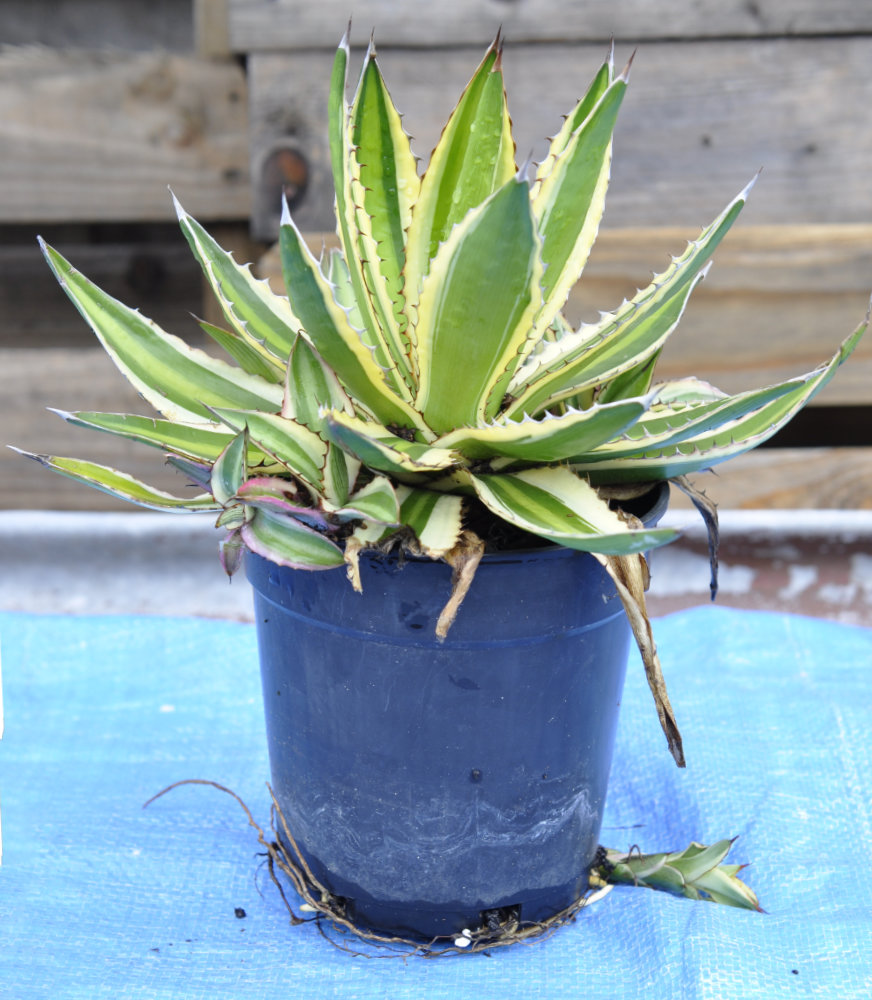
copyright © Kristi Ellinopoullos
It has some ‘pups’ on the left and a sucker growing off the protruding roots. The leaves grow in a rosette and the margins (leaf edges) as well as the leaf tip have very sharp spines on them.
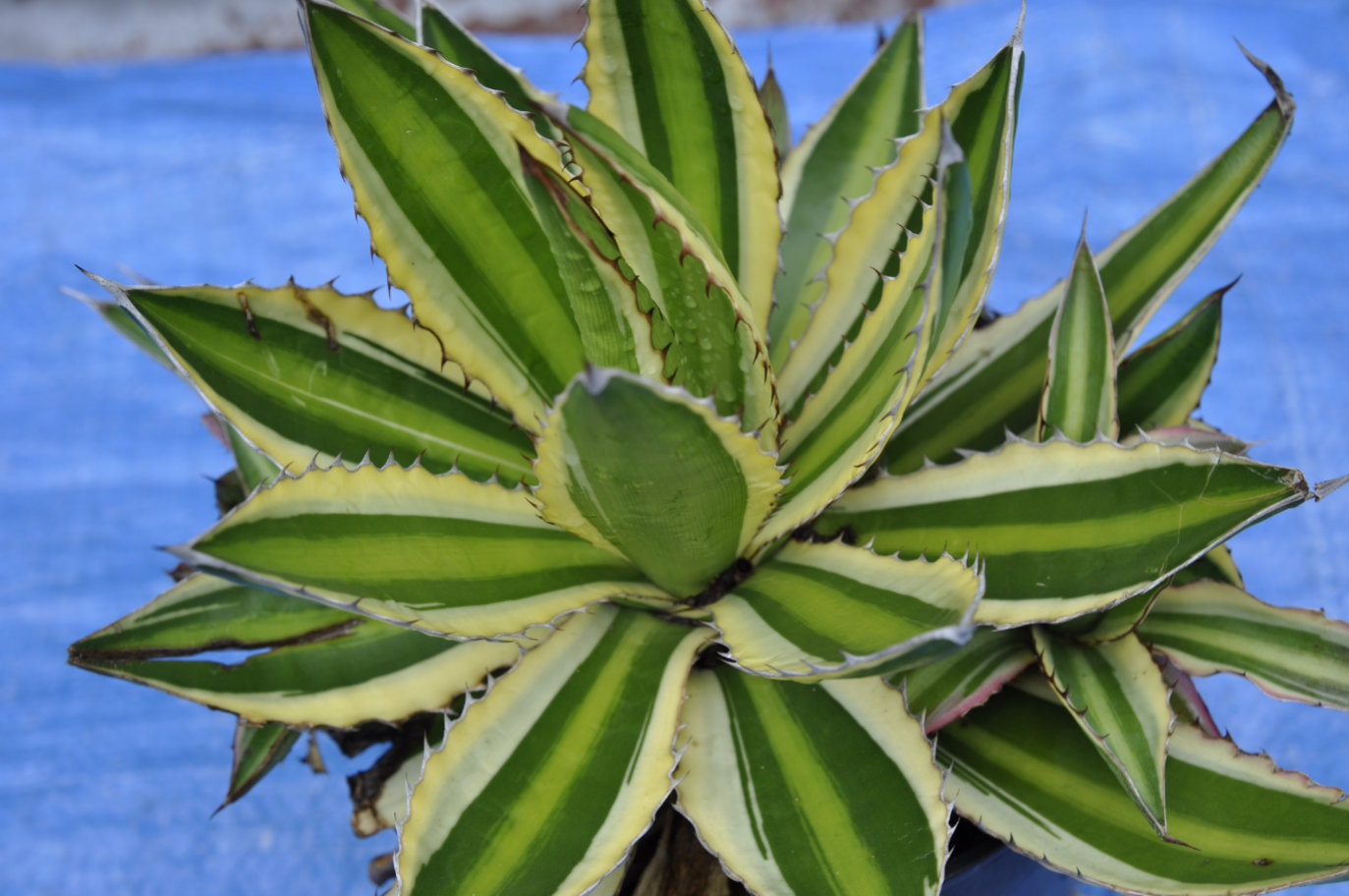
copyright © Kristi Ellinopoullos
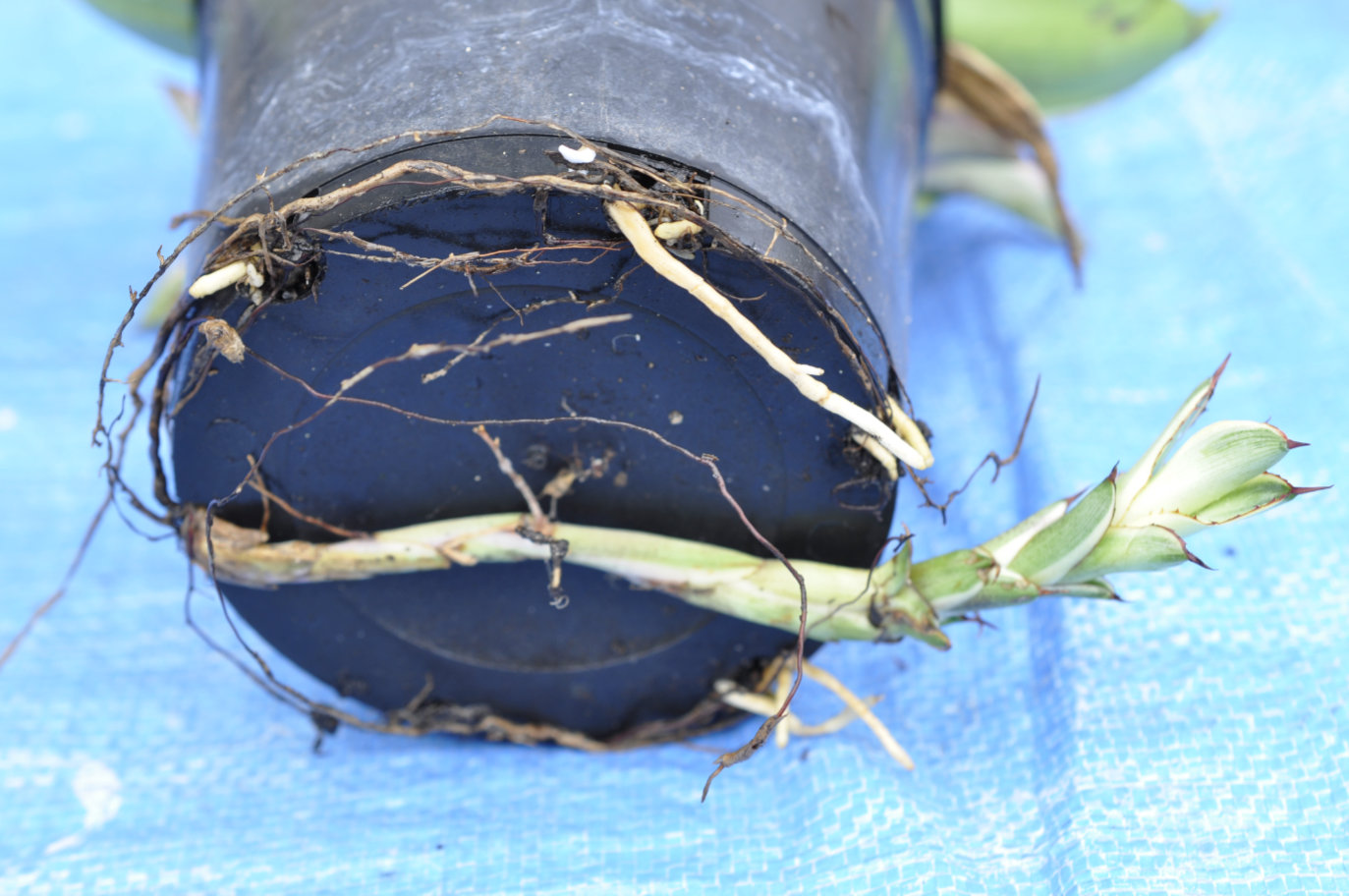
copyright © Kristi Ellinopoullos
And it’s a succulent:
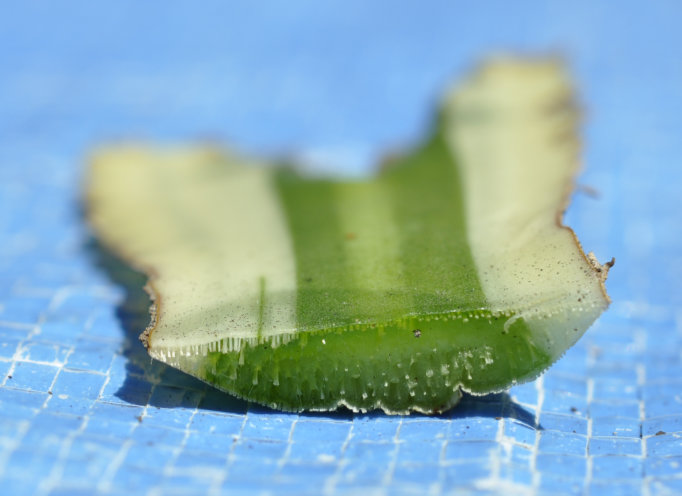
copyright © Kristi Ellinopoullos
People with interests in things tend to acquire base-level knowledge in those things over time without really trying. Their subconsciouses can’t help but absorb little factoids and interesting snippets over months and years. This is all I am drawing on here, when I say that this leaf shape and growth habit is typical amongst the Agave, Aloe and Yucca genera especially.
I can immediately rule out the Aloe genus, which have soft spines along the leaf margins (edges). I don’'t want to get too ahead of myself and think this automatically makes it either an Agave or a Yucca, but because this is a horticultural species the odds are still pretty good. Both of these genera are in the Asparagaceae family by the way (the asparagus family would you believe!), which is why Agave and Yucca look so similar.
So what are the differences between Agave and Yucca?
This is where I had to do a fair bit of research as I’m not overly familiar with either genus.
Sometimes the only way to identify a species (of many genera) is by the flower. For some species it comes down to the colour of the flower!
Certainly flowering features in the identification of Agave over Yucca. Agave flowers once from the original rosette and then dies (a monocarpic plant), while Yucca flowers annually. This of course is good to know, but couldn’t help me identify the plant right this moment. It was interesting to learn that Agave also goes by the name ‘century plant’ as it can take decades for it to flower. Yucca flowers are always white while Agave flowers range from white to yellow.
It seems that Agave spp. tend to have wider leaves whereas Yucca spp. have longer, more sword-shaped leaves. Agave spp. tend to grow with the height and diameter roughly equal, while Yucca spp. trend to a more upright shape. Agave spp. grow stems so small they appears stemless, whereas Yucca spp. will grow tree-like stems as they age.
Did you know that the Joshua tree (Yucca brevifolia) is the world’s tallest Yucca?!
Without a doubt I was leaning toward my variegated succulent being an Agave. But which species?
One advantage I had was that I knew it to be a small species. The people I acquired this fellow from pointed out another nearby, which they said was 20 years old, but which was no more than twice the height of this one.
Which was very helpful to know, as many Agave and Yucca species can easily grow well over a metre tall and wide!
Me identifying the species was nothing special or anything to be overly proud of! All I did was a brute image search for ‘small agave with green middle and yellow margin’ — but it worked!
Two names appeared: Agave univittata and Agave lophantha. A quick search confirmed one is a synonym for the other, and that Agave univittata is the preferred name.
An image search on ‘Agave univittata wild type’ revealed the wild-type species is a two-toned green (dark green leaf with a slightly lighter to much lighter green centre stripe) with common names ‘Thorn-crested Century Plant’ and ‘Thorn-crested Century Agave’. It is native to the coastal areas of southern Texas and the adjoining north-eastern Mexico.
An image search on ‘Agave univittata cultivars’ confirmed this particular one to be the ‘Quadricolor’ cultivar with common name ‘Centre Stripe Agave’.
So there you have it! Agave univittata ‘Quadricolor’. Agave lophantha ‘Quadricolor’ is an alternative acceptable name.
I am keeping to the spelling ‘Quadricolor’ rather than imposing ‘Quadricolour’ on it so as to be true to the exact name it was given.
I stress that a professional botanist would cringe at such a blunt bodgy approach as this, which would never pass muster in identifying species taxonomically. True classification and identification of species often require microscopy work, and these days, phylogenetic analysis. My cruder approach is often ‘good enough’ in the horticultural world however.
Agave univittata ‘Quadricolor’ is Plant of the Month for February 2025.



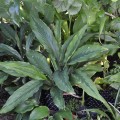






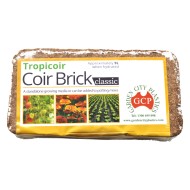
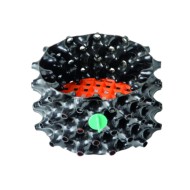
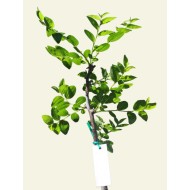

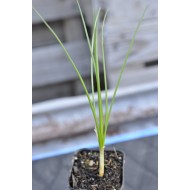
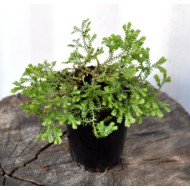

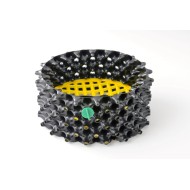
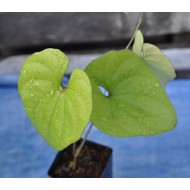
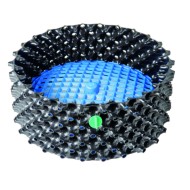
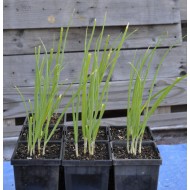
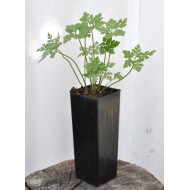
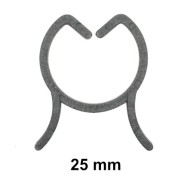
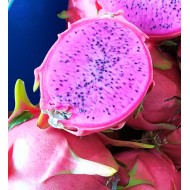

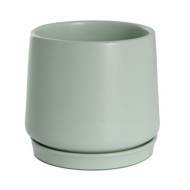
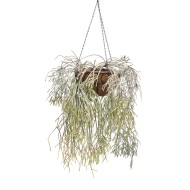
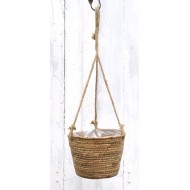
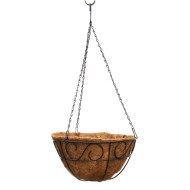
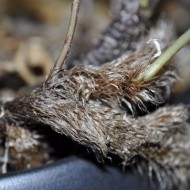
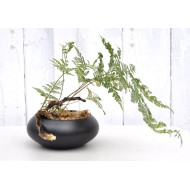
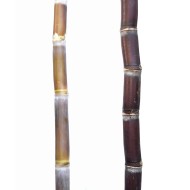
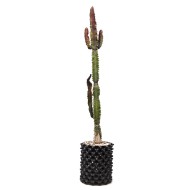
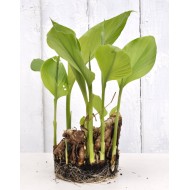
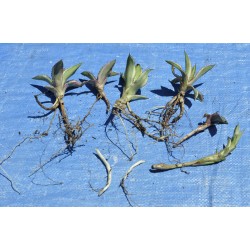
Leave a Comment